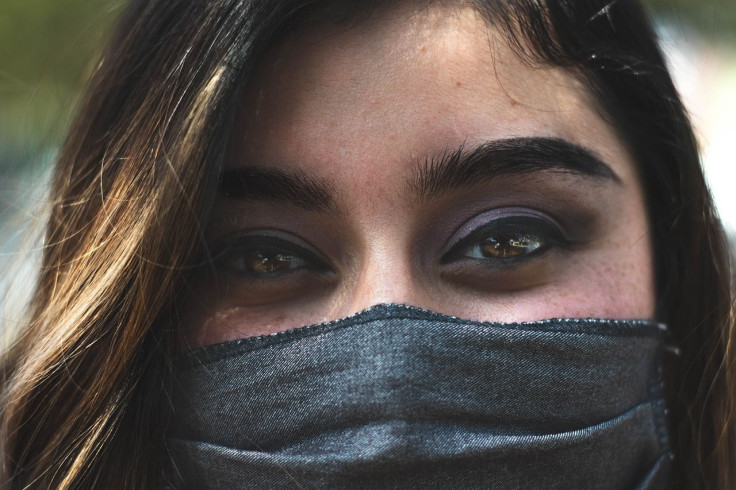How To Deal With Dreaded 'Maskne' Breakouts

KEY POINTS
- Wearing masks for a long time can possibly lead to "maskne" or acne breakouts under the mask
- Health workers are at a higher risk due to prolonged usage
- A dermatologist provided suggestions on how to properly deal with the condition
If you think “backne,” a term that describes acne growing on the back, is the only dermatological issue you need to deal with in your lifetime, a new skin condition is now posing a threat to your face. “Maskne,” or acne that can form around areas of the face covered by masks, is becoming more common as people wear protective coverings on their faces in the battle against the coronavirus. Fortunately, this does not mean you have to accept “maskne” as another facet of life.
Simple Hygienic Practices
While “maskne” may be prevalent during these times, people can observe a few simple hygienic practices to prevent it from developing in the first place, according to Dr. Samer Jaber, an Assistant Clinical Professor of Dermatology at Mount Sinai’s Icahn School of Medicine. He is also the founder of Washington Square Dermatology.
You seal in your breath when you wear a mask, says Dr. Jaber when asked what are the possible “maskne” causes and other related skin problems. “This creates a moist, humid environment as it traps your breath, skin oils, and sweat, leading to irritation, rashes, and acne,” Dr. Jaber explained.
Irritates Skin By Mere Contact
Dr. Jaber compared the phenomenon to a diaper rash. He said that the masks may irritate skin simply by coming into contact with the face over long periods. This may likely worsen existing skin conditions like rosacea, eczema, and psoriasis.
He added that the longer you wear a mask, the higher risk you will have in developing skin problems like “maskne.” Unfortunately, health care workers are among those who are at higher risk as they need to wear masks for longer times.
Allowing The Face To Breathe
The dermatology professor recommended taking off your mask if and when it is safe to do so. This will allow the skin on your face to breathe. He also recommended washing the face twice a day with a cleanser that is best for your skin type. You could also apply moisturizer on areas where the mask oftentimes irritates the skin.
Depending on how irritated your skin is, you can use creams, light lotions, or even ointments such as Vaseline, Dr. Jaber said. He also suggested you let your masks dry out after wearing them, and to wash face coverings made of cloth to remove the sweat and oils that may have been trapped in it. If the problem is really bad, Dr. Jaber said people should avoid wearing makeup under their masks as they only exacerbate the skin problem.
© Copyright IBTimes 2025. All rights reserved.





















